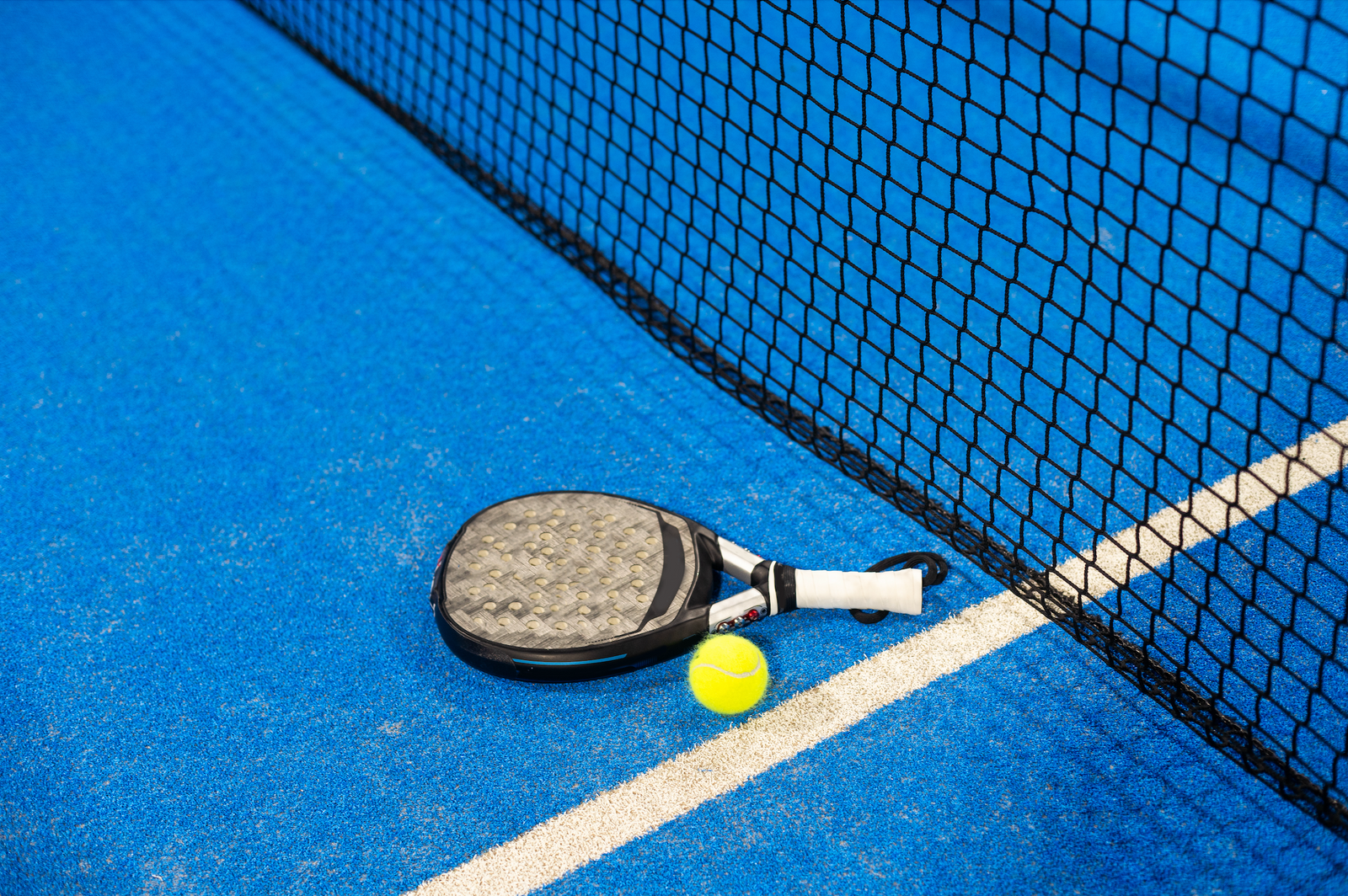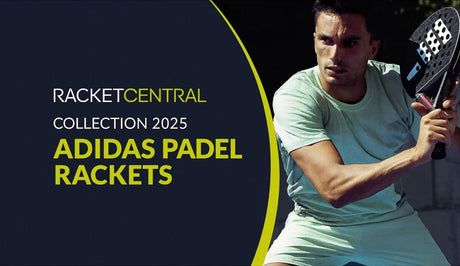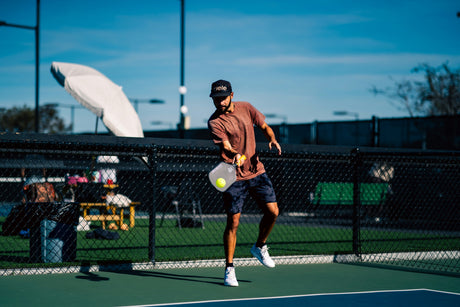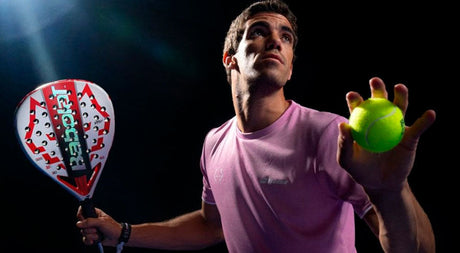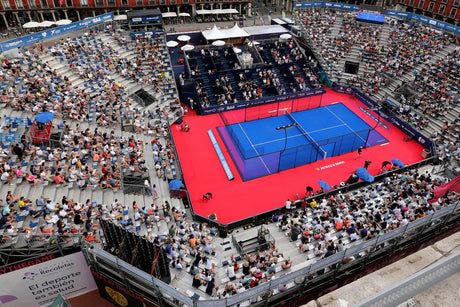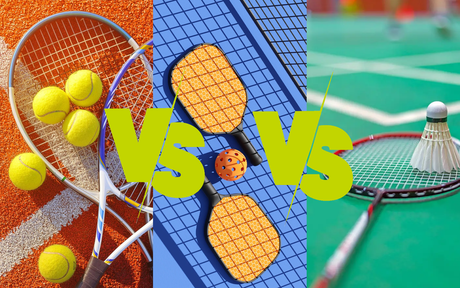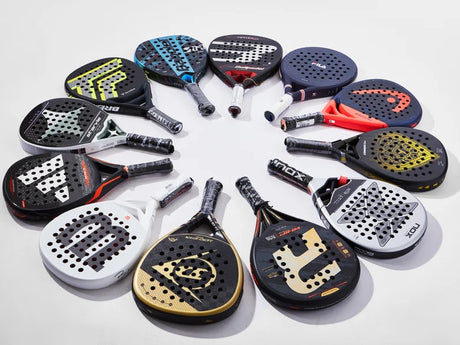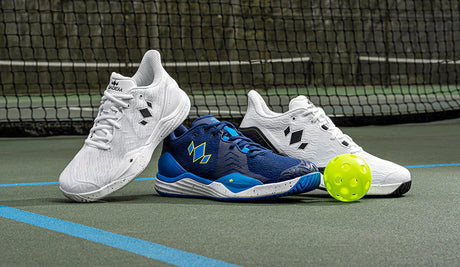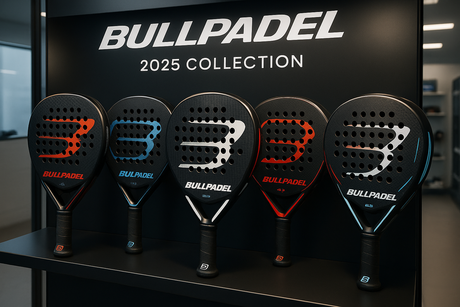New to padel? This beginner’s guide covers what padel is, core rules and scoring, essential gear, starter techniques, and the key differences vs. pickleball.
Table of Contents
What is padel?
Padel is a fast-paced racket sport born in Mexico in the 1960s and now booming across Europe and Latin America. It’s played on an enclosed 20×10 m court with glass walls that keep the rally alive and reward placement and teamwork. Serves are underhand (below the waist), which makes the game accessible for beginners while remaining highly tactical at advanced levels.
Padel vs. pickleball: what’s the difference?
- Court & walls: Padel uses an enclosed court where balls can rebound off glass after bouncing; pickleball is on an open court with no walls.
- Implements: The padel racket is solid and perforated (no strings). Pickleball uses a flat paddle in composite or wood.
- Format & rhythm: Padel is predominantly doubles, with longer, angle-driven rallies using the walls; pickleball is commonly singles or doubles with a different pace and kitchen rules.
Curious about pickleball gear as well? Explore our pickleball assortment without leaving your padel journey.
Essential equipment for padel
1) Padel racket (your first upgrade)
Your racket choice influences comfort, control, and power. As a starter rule: lighter options make timing easier; balanced or slightly head-heavy frames add punch once technique improves. Materials like fiberglass feel softer and forgiving; carbon adds stiffness and power.
Ready to browse? See our curated padel racket collection.
2) Balls
Padel balls look like tennis balls but are typically slightly less pressurized to stabilize bounce within the enclosed court. Keep a fresh can handy for consistent play. Check our padel balls.
3) Shoes & apparel
Footwork is everything. Court-specific outsoles improve grip on sand-dressed turf. Shop padel shoes and breathable apparel that moves with you.
Basic rules & scoring
Objective
Like tennis, win points by landing the ball in the opponent’s court. After the bounce, balls can use the glass to create angles.
Scoring
- Points: 0, 15, 30, 40, game.
- Games & sets: First to 6 games by 2 wins the set; matches often best-of-3.
Serve
- Underhand, below the waist, behind the service line.
- Serve diagonally; ball must bounce in the correct box before return.
Ball in play
- After bouncing on the court, the ball may hit the walls and remain live.
- You cannot volley a ball on your side before it crosses the net.
Beginner techniques & strategy
Grip & contact
The continental grip is your all-rounder for serves, volleys, and overheads. Focus on clean contact slightly in front of your body.
Movement & positioning
Padel is a doubles game: move as a unit with your partner, staying compact between net and baseline. Prioritize center control and keep knees soft for quick lateral steps.
Foundational shots
- Forehand/backhand: Smooth, relaxed swing; use the walls to reset tough balls.
- Volley: Short backswing, firm wrist, aim deep to corners.
- Lob: Your best defensive reset to reclaim net position.
FAQs
Is padel hard to learn? — tap to expand
Can I play padel year-round? — tap to expand
What should my first racket be? — tap to expand
Ready to hit the court? Explore our full padel gear lineup and level up today.
